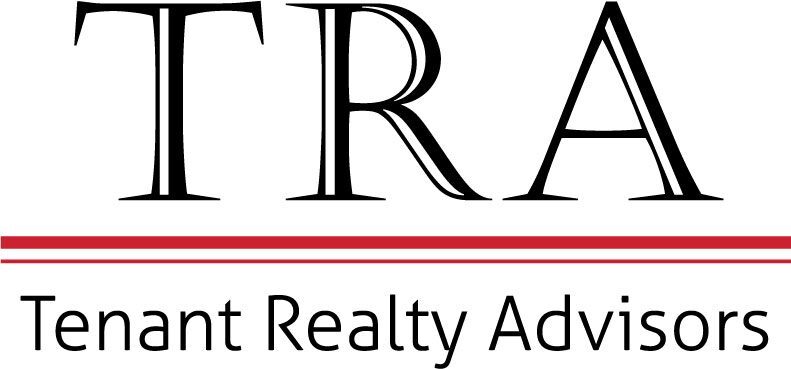Here’s an important question you may not have thought to ask: How is my commercial real estate agent getting paid? It applies to agents representing both the landlord and, in our case, the tenant.
I have been in this profession for over 40 years, and rarely have I heard a commercial broker or agent give a detailed explanation of how we are compensated, how the fees are calculated, or when we are paid.
At the same time, I am not sure how often – if ever – we brokers and agents take the time to explain fiduciary obligations to our clients. Who exactly do we work for? Are the tenants interested in knowing? Do the commercial agents want to explain, or would they prefer it to be a little mystery? Maybe keep it a little hazy? Here is a brief primer on the process.
A landlord or owner will hire or retain through a listing contract the services of a licensed commercial real estate agent or property manager whose job it is to locate and secure tenants for that owner’s building. These tenants can be new to the building or existing building tenants renewing their leases. The key point is that person has agreed in the listing contract to lease the space under terms favorable to the landlord or owner.
Once the broker secures a tenant, the building owner pays the agent a leasing commission, usually 5 to 6 percent of the total rent the tenant will pay over the term of the contract. Sometimes the owner may act as his or her own leasing agent and charge a leasing commission to the owning entity, perhaps an LLC. In most of the cases (as often as 95 percent of the time) there is a leasing fee being paid to someone. It’s considered a normal cost of business.
When the size of the leased space is large or the rent high or the lease term long, the fee can be substantial. In my experience most brokers don’t want much attention drawn to that fact. For the listing agent, the higher the rent and the longer the term, the bigger the payout.
When a tenant or occupier works solely through the agent who has the property listing and thereby represents the ownership, that agent keeps 100% of the leasing fee. This is often referred to as “getting both sides.” If a tenant brings his or her own agent into the process, the two brokers share the fee on a 50/50 basis.
But here’s an interesting point often not explained: If you follow the money trail, it doesn’t stop with the building owner. The tenant is the one paying the leasing fee. It’s broken down and built into their monthly lease payments. All the tenant need do is request an option to terminate his or her lease early and he or she will see that generally one of the landlord’s conditions for terminating the lease is that the tenant pay off any unamortized leasing fees.
I suspect a lot of tenant space occupiers don’t realize that commercial real estate is a straight commission world where winner takes all. If the tenant is working with several agents who are with the same brokerage firm but representing different properties, the agents don’t all make money in the end. They all may work for ABC company, but unless the tenant chooses a particular agent’s building, that agent doesn’t get paid. There may be several brokers working together to lease space on behalf of one landlord, and they will share the rewards per a prearranged agreement – but only should the tenant choose their building. So, if you have competing buildings all represented by the same company but by different brokers, you may have people competing internally. That can be good to know during negotiations.
The entire protocol of how people are compensated in commercial real estate is different, to say the least. It may seem odd that the tenant’s broker must act in the interest of the tenant but look to the landlord for his or her paycheck. I am not sure the system would remain the same if the industry started all over.
But as long as the industry follows this protocol we have discussed, it is valuable to the tenant to be able to follow the money.
